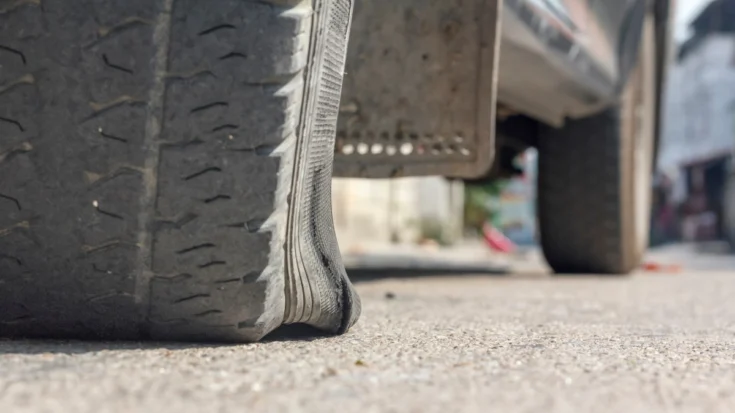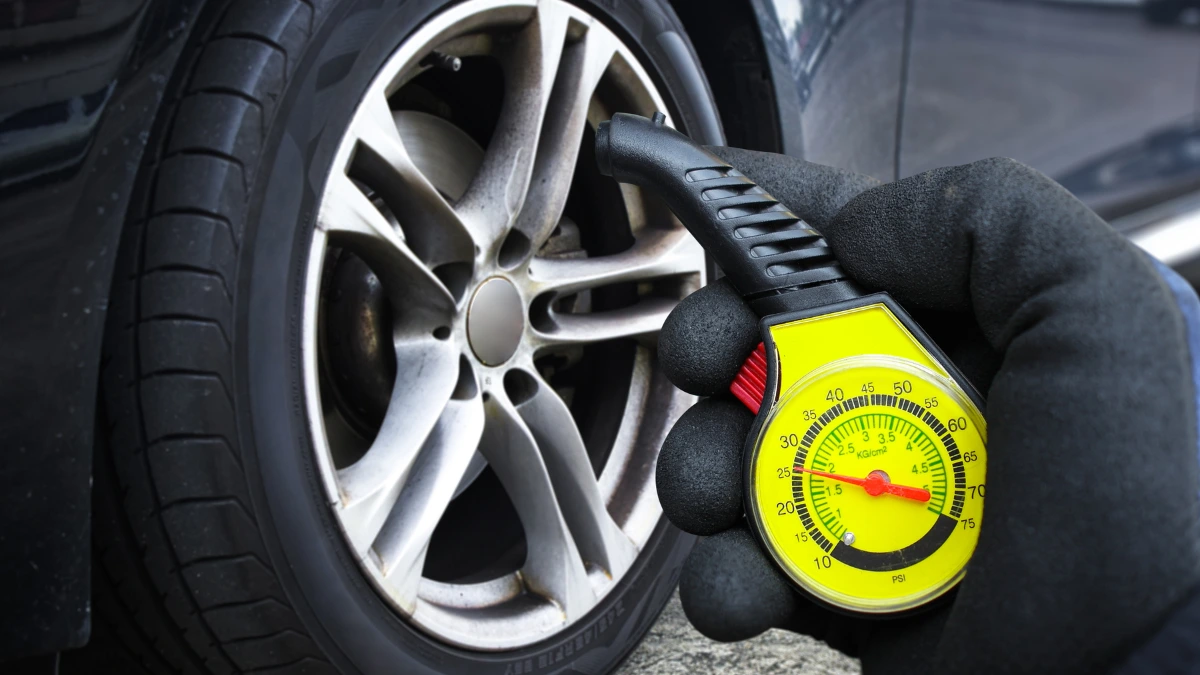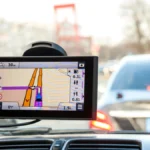The many benefits of TPMS or Tire Pressure Monitoring System as an air pressure monitor in your vehicle’s tires by utilizing sensors are often found today.
One of the benefits of TPMS is that it provides a warning sign when the tire pressure is not by the specified standard.
This system allows the driver to immediately see and know the problems that occur while in the cabin through warnings that usually appear in the form of indicator lights on the instrument panel are other benefits of TPMS that you can enjoy.
Also Read
If you are still considering TPMS technology, this article will help you to explain the benefits of TPMS to enhance your driving experience.
Table of Contents
The Benefits of TPMS

TPMS has a few imperative benefits that make it basic for secure driving. Here are the benefits of TPMS:
1. Automated and real-time monitoring
The computerization and real-time nature of TPMS kill the requirement for manual tire weight checks, sparing time and assets. This is especially useful in expansive armadas where such manual checks would be time-consuming and seem still inclined to human error.
2. Enhanced safety
Proper tire expansion is pivotal for vehicle security. Under-inflated or over-inflated tires can lead to uneven tire wear, decreased footing, and possibly perilous blowouts.
By ceaselessly observing tire weight, TPMS alarms drivers and armada supervisors to potential security issues some time recently they ended up unsafe.
Consider a situation where an armada vehicle is on a long-haul conveyance amid a heatwave; real-time TPMS information may caution the driver to a potential blowout hazard due to rising tire weight, permitting opportune preventive action.
3. Prolonged tire life
Only the best tire well-being checking framework expands the life expectancy of tires by guaranteeing that wear is indeed and that the chance of harm is minimized.
For armada administrators, this implies decreasing the recurrence of tire substitutions and, thus, bringing down operational costs.
Envision a situation where, without TPMS, a vehicle routinely runs with slight under-inflation, causing untimely wear. Over time, this may require numerous superfluous tire substitutions over the fleet.
4. Improved fuel efficiency
One of the most prompt benefits of keeping up ideal tire weight is way better fuel economy. Under-inflated tires increment rolling resistance, which in turn requires more fuel to keep up the same speed.
For an armada, indeed a little rate change in fuel effectiveness can be interpreted to critically take a toll on investment funds.
For occurrence, a coordination company working an armada of 100 trucks can considerably diminish its yearly fuel consumption essentially by guaranteeing all tires are appropriately inflated.
5. Environmental benefits
By progressing fuel effectiveness and decreasing tire wear, TPMS in a roundabout way benefits the environment. Less tire substitutions cruel less elastic squander, and superior fuel proficiency interprets to lower carbon emanations.
These natural benefits adjust with the developing accentuation on economical hones inside the coordinations and transportation businesses.
The Drawback of TPMS

Whereas TPMS systems offer a few benefits, there are a few potential downsides to consider. Here are the drawbacks of TPMS:
1. Training and adaptation
Fleet faculty may require preparation to viably utilize TPMS and decipher its information. Also, there’s a period of adjustment where drivers and armada directors learn to believe and act upon the system’s cautions or maybe manual reviews.
2. Technology limitations
Depending on the framework, there might be impediments in the precision or opportuneness of the information given.
In a few occurrences, TPMS notices can be activated by brief natural variables or maybe genuine tire issues, driving to wrong alerts..
3. False alerts and sensor reliability
TPMS sensors, if not chosen the best, can now and then create wrong alerts, showing a weight issue when there is none or falling flat to caution to a genuine weight drop.
These unwavering quality issues can lead to pointless downtime or, more awful, a wrong sense of security. Sensor solidness in unforgiving driving conditions can too change, with a few armadas finding that sensors require supplanting more habitually than expected.
4. Initial setup and maintenance costs
Implementing a TPMS over an armada requires a beginning venture in the innovation itself and the potential adjustment of existing vehicles not prepared with such frameworks. Furthermore, sensors and recipients can require upkeep or substitution, including operational costs.
5. Maintenance
Keeping a TPMS working accurately requires normal upkeep, which can include operational costs. Sensors might require substitution due to battery life limits or harm, and the framework program may require upgrades.
This progressing support can contribute to a higher add-up to take a toll on proprietorship for the armada vehicles. So, contribute to the best tire weight-checking program to diminish the toll of upkeep.
By knowing the benefits of TPMS you can enhance your driving experience. And, by knowing the drawbacks of TPMS you can consider whether TPMS is the right system for your vehicle’s needs or not.











